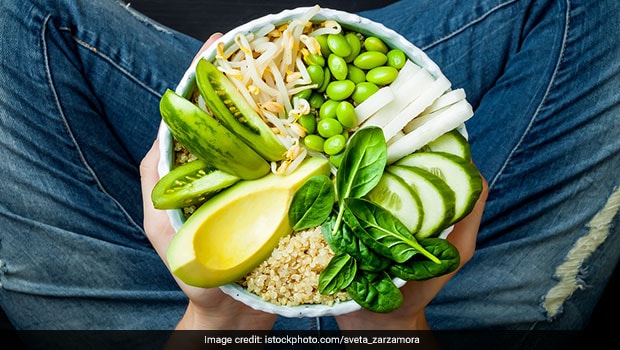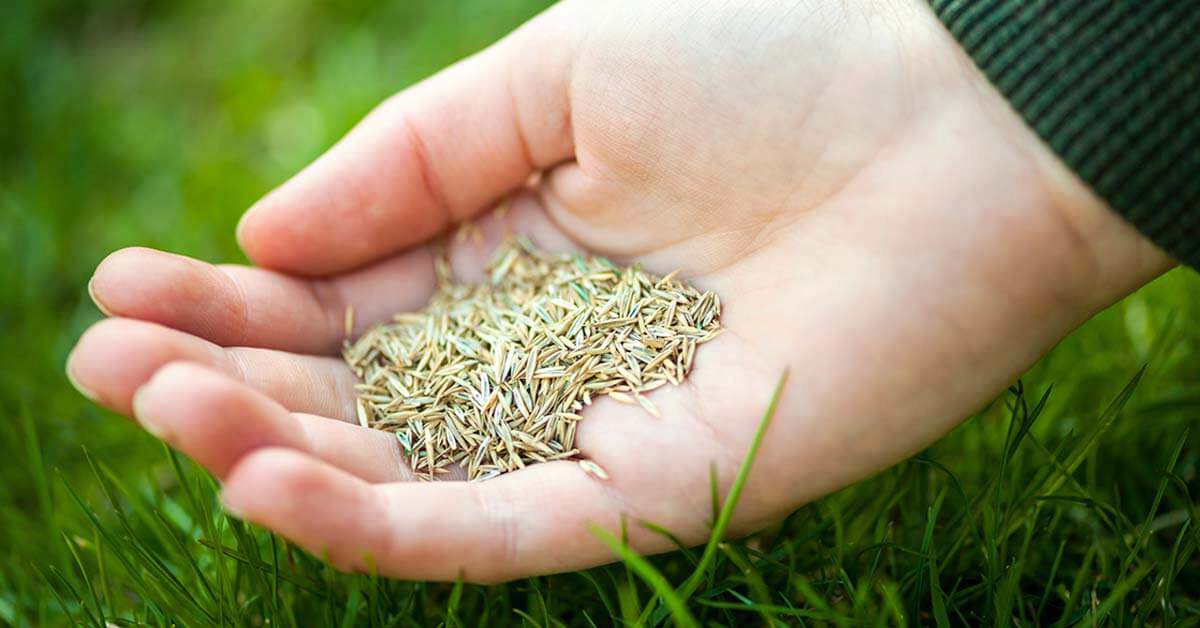
Safe water is essential whether you are making baby powder or making your own formula. You can boil water before using it, but it is better to let it cool completely before feeding your baby. The American Academy of Pediatrics recommends boiling water for one minute before you use it. After boiling the water for one minute, let it cool to room temperature. Boiling water won't kill germs. However, it will remove harmful contaminants. Fluoride is added to tap water in some municipalities to prevent cavities. However, it is not enough to provide any benefit for children.
Distilled water is not recommended. Bottled water can contain chemicals that could cause harm to your child's health. Tapwater should be boiled. It will be safe for your child to drink, but you must make sure that it is filtered. Also, you should be aware that distilled water is not recommended for baby formula making. Boiling water should be done before you use.
Most taps in the United States are safe to use for making baby formula. Bottled water can be more expensive than tap water so make sure you check the water before making baby formula. If it is safe for drinking, it should be. If it is not, boil it for a few minutes. Add the powdered formula to the mixture and mix. Let the bottle cool in a container filled ice or running water. Make sure to dry it thoroughly using a clean cloth.

There are many reasons to use filtered tap water to make baby formula. In some parts of the world, tap water contains higher than recommended levels of lead. Boiling water can be more harmful than unfiltered, raw water. It is important to verify the water source before you use it to make baby formula. If you suspect your home has lead contamination, boil it first before you start using it. If you have no other options you can boil the milk for some time to kill the germs.
For making baby formula, you can use bottled water in the U.S. Well water is generally safer to use than tap or distilled water. However, it is important that you boil it first. Many parents prefer to give their children filtered water. If you do not have a home filtration system, it is worth looking into purchasing bottled water. Filtered water is a smart choice.
FAQ
What are the qualifications to be a chef?
To be a chef you need a bachelor's level in culinary arts. A number of ACF tests will be required. After completing these requirements, you will be awarded a certificate that confirms your qualifications.
How can I get hired to be a chef?
You must complete a degree in culinary arts to be able to apply for a job at the table as a professional chef. Next, you should join a professional association such as the American Culinary Federation (ACF). This organization offers certification exams and networking opportunities.
What is the cost to study culinary arts?
It is not easy to find a culinary arts degree that costs less than $40,000. A four-year degree in culinary arts typically costs around $40,000. A two year associate's degree might cost less than $5,000. Tuition rates depend on the type of program you select. Prices for tuition are higher in private institutions than they are for public ones.
Do I need any special equipment to cook?
You don't require any special equipment to learn how to cook. The right tools can make cooking much easier. To make pasta easier, you can use a knife to cut the pasta and a whisk to whip up egg whites to stiff peaks. It makes cooking much easier and quicker.
Are there any ingredients I can buy to cook?
There is no need to purchase all the ingredients. Most grocery stores sell premade sauces and other items you can use as substitutes. Premade meals are an option if you're looking for a way to save some money.
Do I have to go to culinary school in order to be a professional chef?
No. Many chefs learned their craft on their own. Some went to culinary school simply to gain experience. But most chefs prefer culinary school as it offers them more opportunities for learning and growth. Culinary schools give students hands-on experience, which allows them to develop valuable skills as well as improve their culinary knowledge.
What are the health benefits of slow cooking?
Slow Cookers are very useful because they allow you to prepare delicious meals without wasting time. Slow cooker recipes are healthier than traditional ones because they use less oil and fat. In addition, slow cooker recipes are convenient because they take care of themselves while you sleep.
Statistics
- The median pay for a chef or head cook is $53,380 per year or $25.66/hour, according to the U.S. Bureau of Labor Statistics (BLS). (learnhowtobecome.org)
- On average, chefs earn $58,740 a year, according to the BLS. - learnhowtobecome.org
- You'll be amazed that over 90% of CIA students receive scholarships and grants to finish their culinary studies. (ischoolconnect.com)
External Links
How To
How to make an omelet that is perfect
Omelets are a favorite breakfast food of mine. But how do you create them perfectly? Many different recipes and methods have failed to work for me. So I am sharing some tips and tricks today to help you make fluffy, delicious omelets every morning.
First, eggs can be very temperamental ingredients for making omelets. It is important that eggs are fresh from an organic market and kept cool until used. The yolks and whites will not form properly if they aren't kept cold enough. This will make your omelets appear strangely colored. If you're going to cook them immediately, it is best if the eggs are still warm.
You might also try separating the egg before adding to the pan. Because this could cause your omelet to become curdled, you don't want any yolk to be mixed with any white.
You might burn the bottom of the egg if you place the egg directly on the stovetop. This could ruin the texture of your omelet. Instead, heat the egg in a microwave for 10 seconds and then place it in a pan. The microwave heat is sufficient to cook the egg without overcooking.
Next, let's discuss mixing the eggs. When mixing eggs, it is important to thoroughly beat them. You can do this by turning the bowl of your mixer upside down. Now shake the bowl vigorously. This allows the air to be whipped and the egg to be mixed thoroughly.
Now comes the fun part - pouring the milk into the mixture. First, pour half of the milk into the beaten eggs and then fold the eggs gently into the remaining milk. Do not be alarmed if there are still egg streaks visible. Once the omelet flips, these streaks will disappear.
After folding the eggs fold the pan onto medium heat. When the oil starts to hot, wait for the pan to cook. Add 1/4 cup butter to the oil and swirl it around to coat all sides of the pan. Carefully open the pan's lid and add salt to the pan. Salt will prevent the omelet sticking to the pan.
Once the omelet has formed, cover the pan again and wait for the top side to set completely. Flip the omelet over using a spatula or flip the pan upside down. Cook the second side for a minute or so. Take the omelet out of the pan and immediately serve.
This recipe works best with whole milk, but skimmed milk also works.